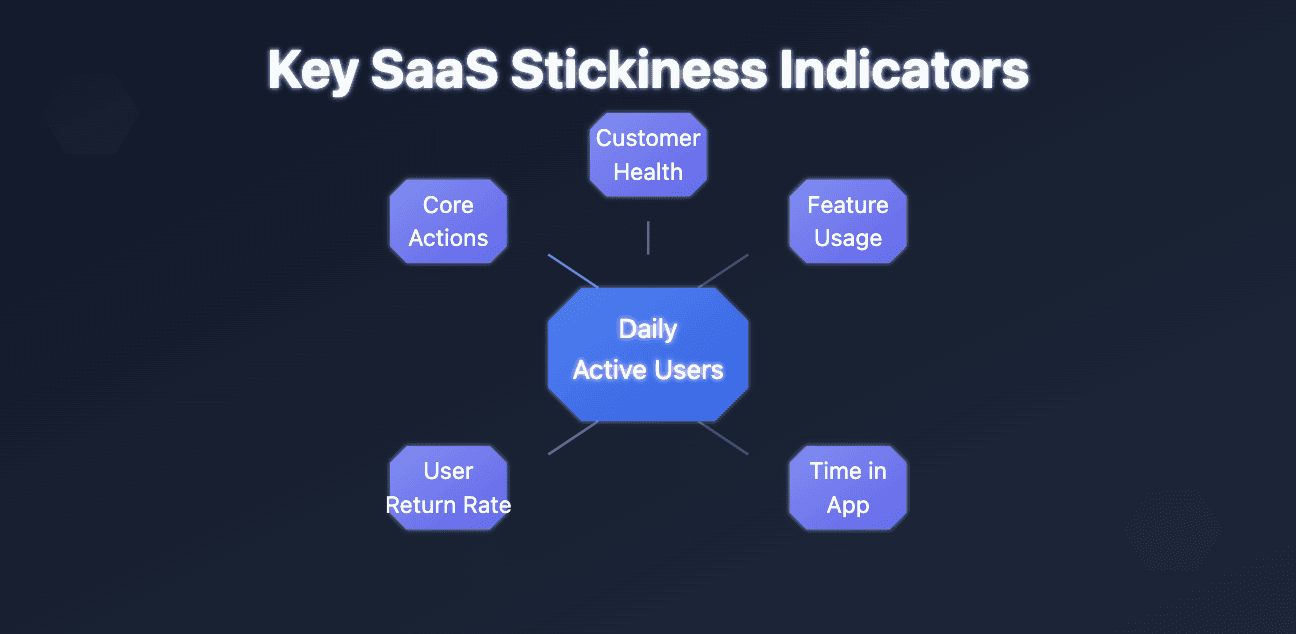
SaaS Stickiness Best Guide: Keep Users Coming Back for More

by
Wiktoria Slowikowska
Nov 15, 2024
Identify and convert your most valuable users
Sign Up
Building a successful product isn’t just about getting people to sign up, but also about keeping them engaged over time. You might have heard of this concept called “stickiness.” What does it mean? Simply put, stickiness is all about how well your product can retain users and bring them back consistently.
It’s a sign that your product is valuable enough to become a regular part of your users’ lives. Let’s dive deep into what key stickiness indicators are, why they matter, and how you can measure and improve them.
Understanding Stickiness in SaaS
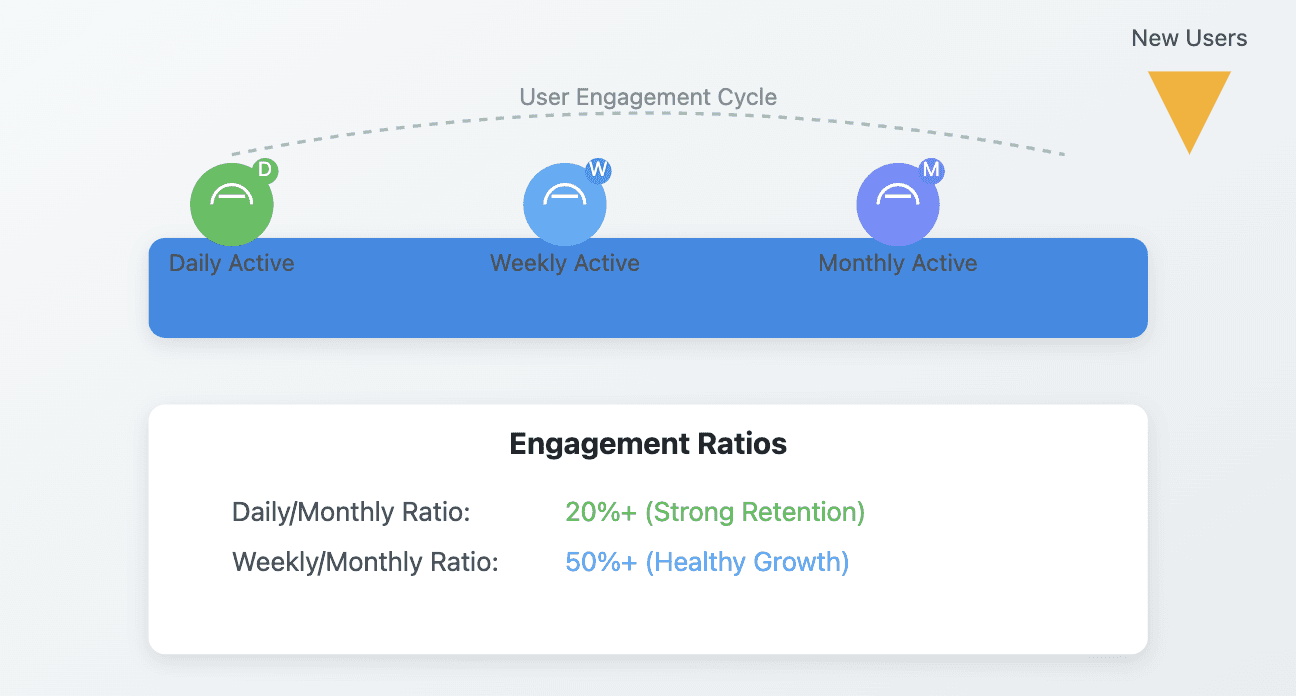
You’ve launched a SaaS product and see a surge in new sign-ups. It’s exciting, right? But then, a few weeks later, your active user numbers start to drop, and you’re left wondering what happened. This is where stickiness comes in. It’s not enough to just have people sign up once. If they don’t keep coming back, your growth will stall.
Stickiness shows how integral your product is to users’ daily or weekly activities. A product with high stickiness means users love it enough to return regularly, which translates to higher retention and lower churn. But how do you measure this?
1. Key Stickiness Indicators You Need to Track
Let’s talk about the essential stickiness indicators that you should be keeping an eye on:
1. Daily Active Users (DAU) and Monthly Active Users (MAU)
These two metrics are like the bread and butter of SaaS stickiness. The DAU/MAU ratio is one of the best ways to measure how frequently users engage with your product. Imagine this: if 500 users log in daily and 1,000 users are active at least once a month, your DAU/MAU ratio is 50%. This number gives you a sense of how engaged your user base is. The higher the percentage, the better—around 20% to 30% is considered a solid range for many SaaS products. If your ratio is lower, it might be time to dig deeper into why users aren't returning as often as you’d like.
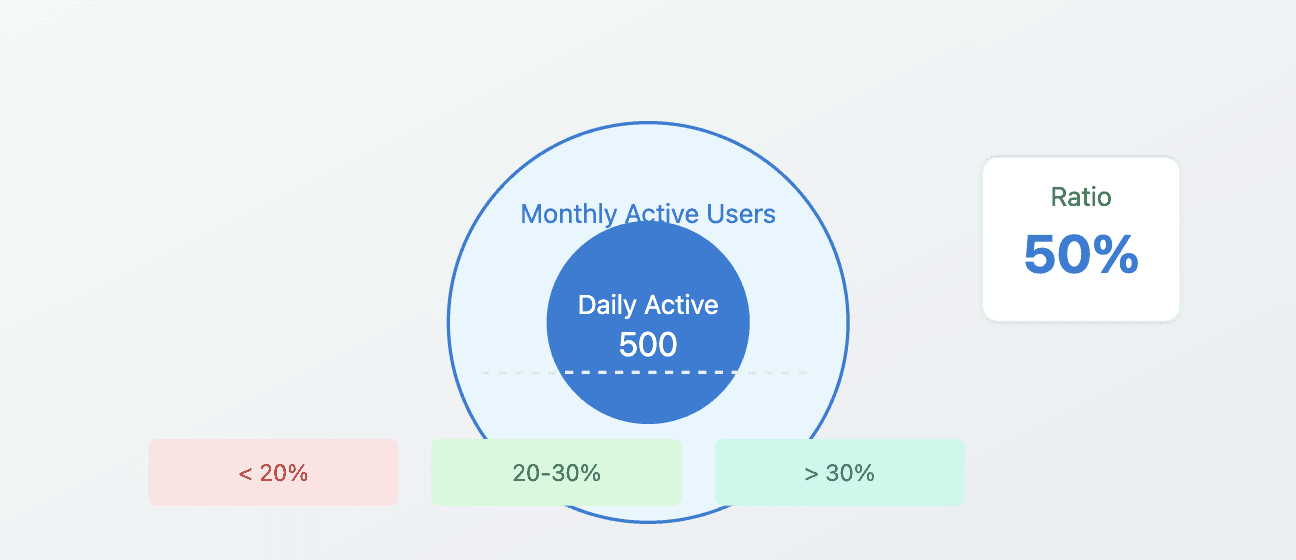
2. Retention Rate
Retention rate measures how many of your users stick around after their initial sign-up. Think of it as a gauge for customer loyalty. If your retention rate is high, it’s a strong signal that your users are finding consistent value in your product. To measure retention, look at cohorts—groups of users who signed up in the same time period—and see how many of them are still using your product after one month, three months, and so on.
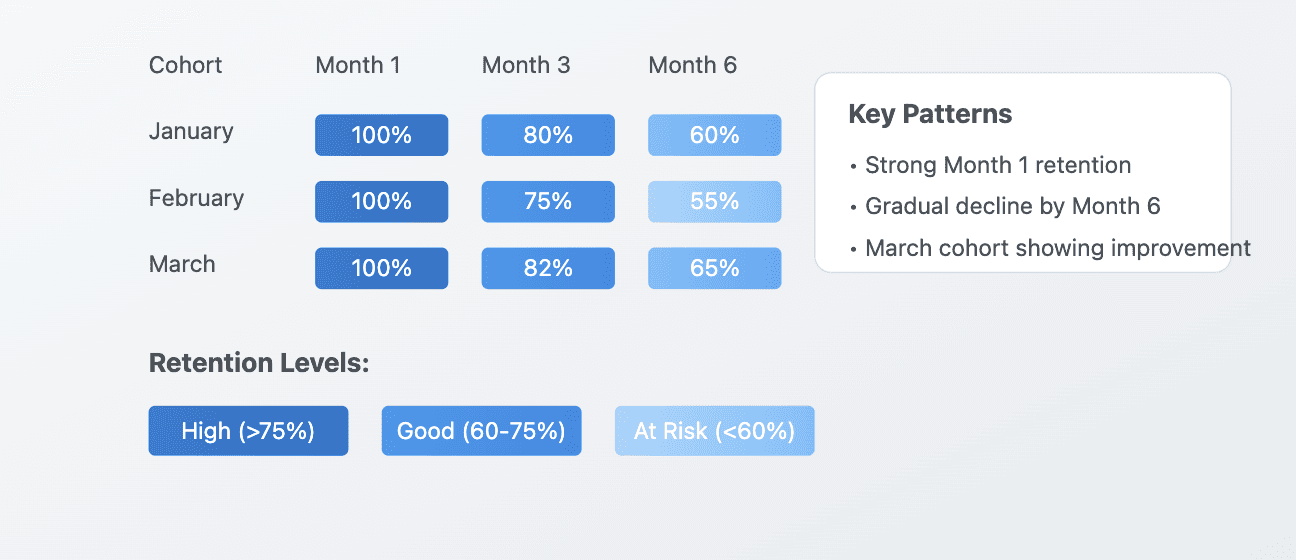
3. Churn Rate
While churn rate might sound negative, it’s crucial to measure. It tells you the percentage of users who stopped using your product within a certain time frame. If your churn rate is creeping up, it’s a sign that users aren’t finding your product valuable enough to stay. This is your cue to analyze what’s missing: Is it onboarding? Are there technical issues? Do users need more support?
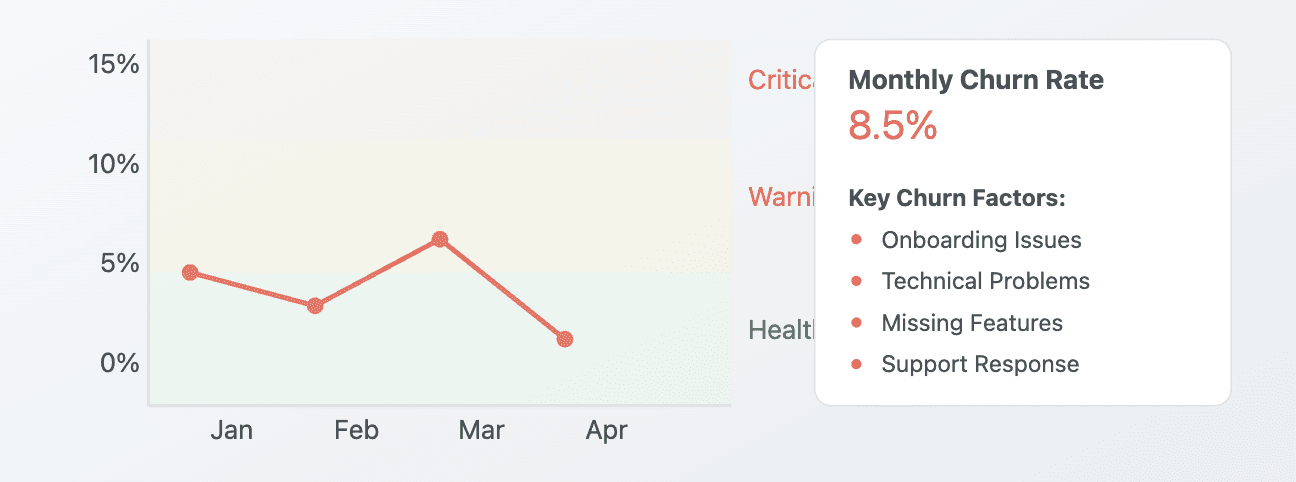
4. Time Spent in App
How long users spend in your product during each session can reveal a lot about its stickiness. If users log in for just a minute or two, they might not be finding what they need or they could be using it out of obligation rather than genuine interest. Conversely, if session times are long, it’s a sign that your product is engaging and users are diving deep into its features.
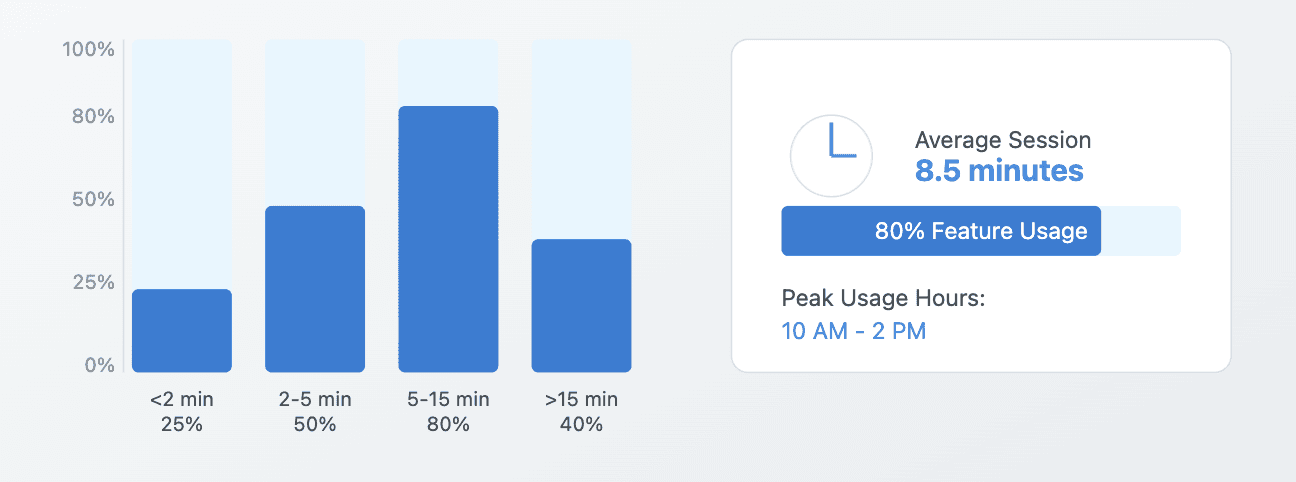
5. Feature Engagement
This one’s a biggie. Not all features are created equal. Tracking which features are being used the most can help you understand what’s working and what’s not. If a particular tool or section of your product is seeing high engagement, that’s where you know you’re hitting the mark. But if key features are gathering digital dust, it might be time to rethink their design or visibility.
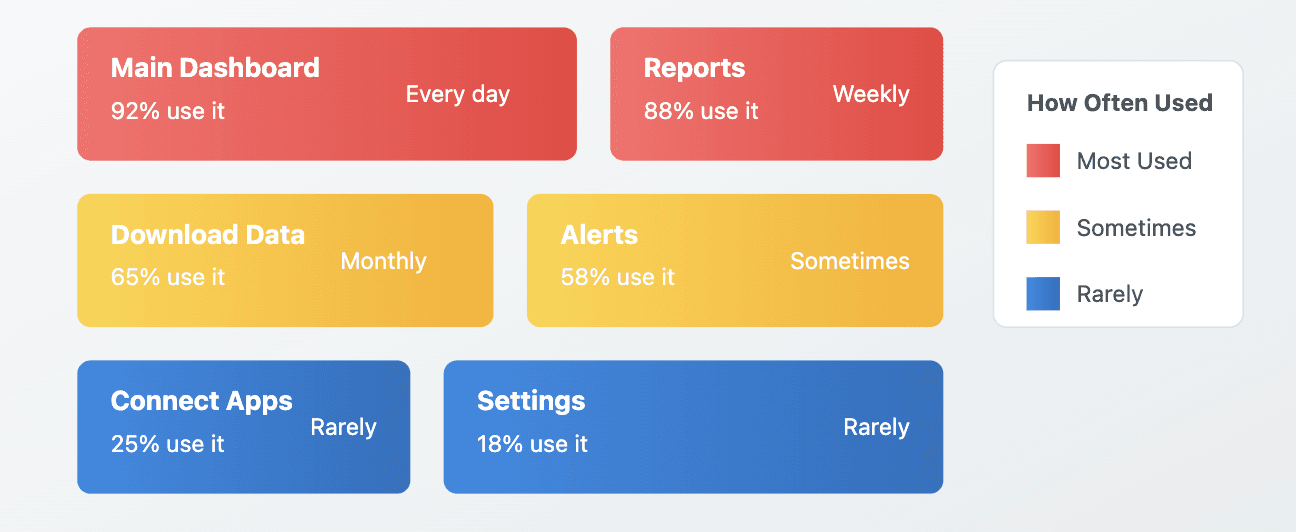
2. Why Tracking Stickiness Indicators Matters
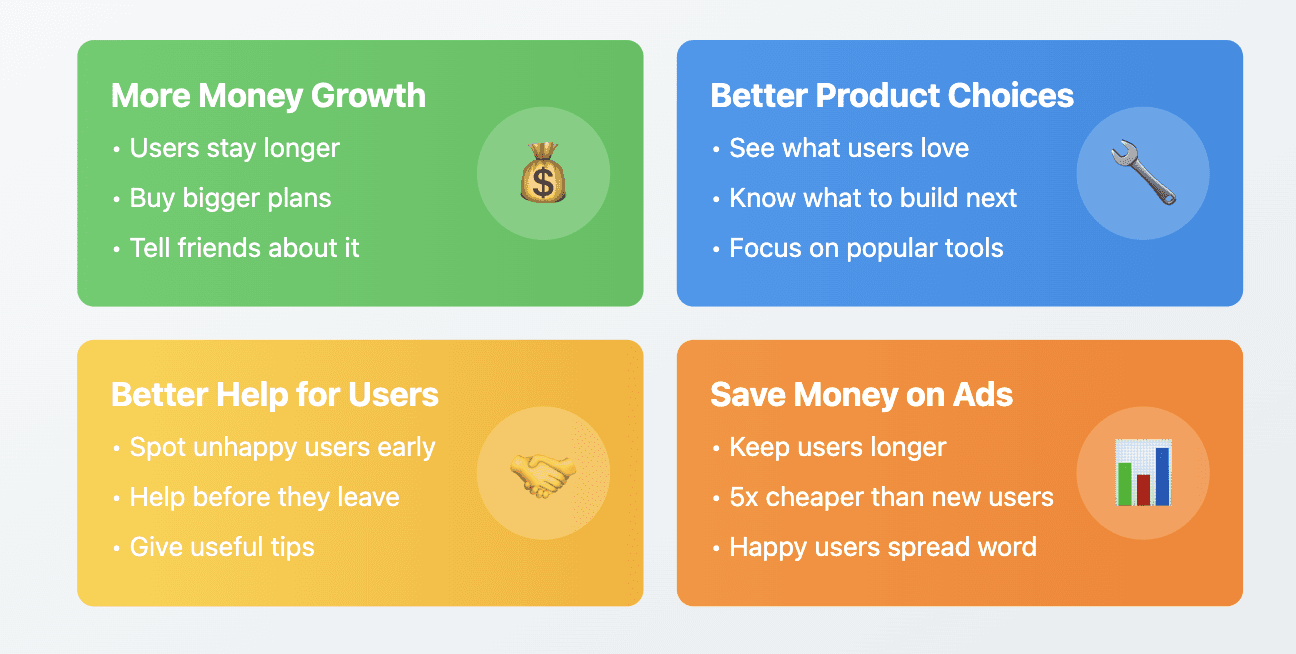
You might be thinking, “Alright, I get the metrics, but why should I care so much about stickiness?” Here’s why:
1. Forecasting Revenue Growth
High stickiness leads to steady revenue. When users stick around, they’re more likely to upgrade to higher-tier plans, recommend your product to others, and become long-term customers. This helps you predict future revenue with more confidence.
2. Guiding Product Development
Data doesn’t lie. If you know which features are driving user engagement and which ones aren’t, you can make informed decisions about where to focus your development efforts. For example, if your analytics show that a reporting tool is extremely popular, you could prioritize adding more capabilities to it or integrating it with other parts of your product.
3. Boosting Customer Success and Support
Customer success teams need to know what keeps users engaged to better support them. Stickiness indicators help these teams identify users at risk of churning and reach out proactively with tips, personalized emails, or check-ins to re-engage them.
4. Lowering Customer Acquisition Costs
Here’s a fun fact: retaining a customer is five times cheaper than acquiring a new one. If your product is sticky, you’ll spend less on marketing because your existing users will do some of that work for you by spreading the word. Satisfied users are essentially free, authentic marketing.
3. How to Improve Your SaaS Product’s Stickiness
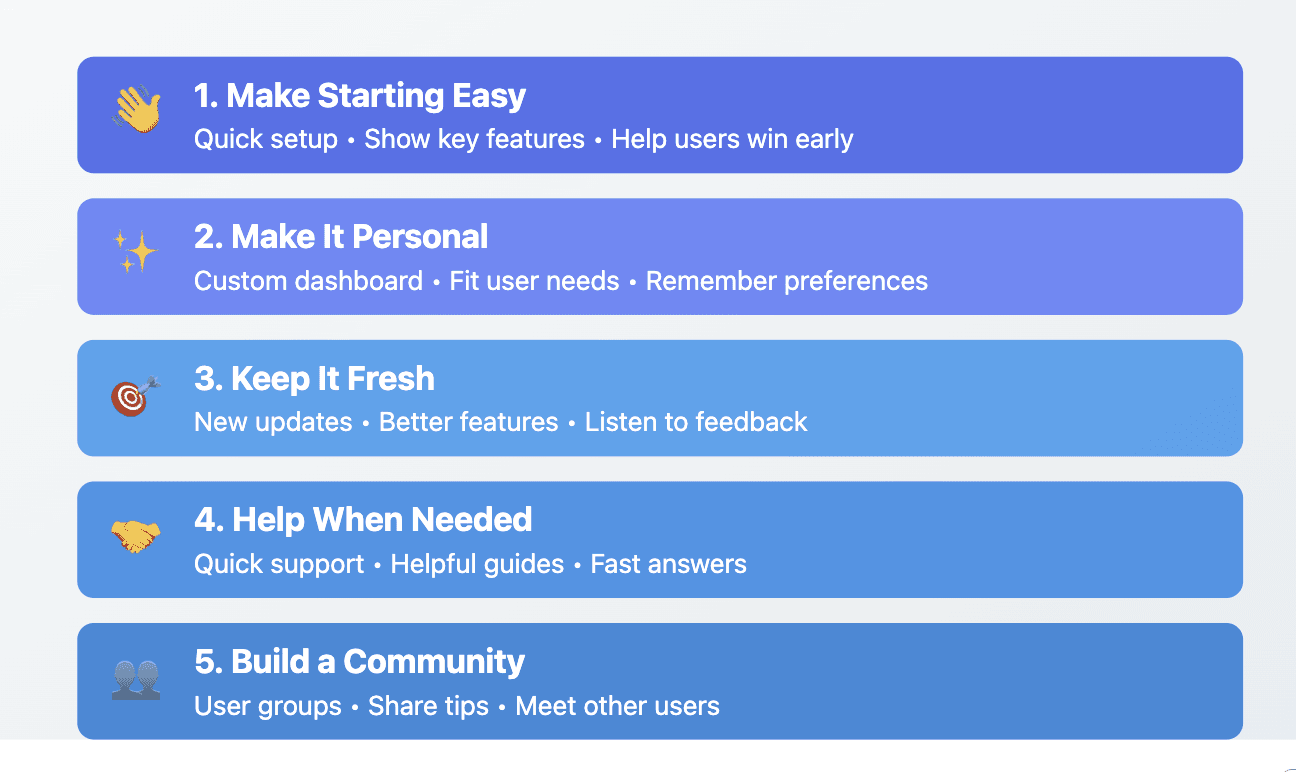
So, you know what to measure and why it matters. Now, let’s get into how you can actually improve these stickiness indicators:
1. Optimize Onboarding
The first few minutes or hours a user spends with your product can determine if they’ll stick around or churn. A seamless, user-friendly onboarding process that highlights the core value of your product is essential. Make sure users understand how to get started and achieve their first win, whether it’s completing a setup process or using a key feature for the first time.
2. Personalize the User Experience
Generic experiences don’t inspire loyalty. The more tailored your product feels to each user, the more likely they are to return. Use data to personalize dashboards, suggest relevant content, or customize workflows that align with user goals.
3. Keep the Product Fresh
No one wants to use a product that feels stagnant. Regular updates, new features, and improvements can keep users excited about logging in. But don’t just add features for the sake of it—ensure they align with what users need and want. Communicate these updates effectively so users know that you’re listening and evolving based on their feedback.
4. Build a Strong Support System
Even the best products come with a learning curve or occasional issues. If users don’t have an easy way to get help, they might give up. Offering in-depth resources, a comprehensive knowledge base, live chat support, and quick response times can make all the difference. Users should feel like they’re valued and that you’re there to help them succeed.
5. Create a Community
Humans are social beings, and we thrive when we feel part of a group. Create a user community where your customers can share insights, ask questions, and collaborate. This could be through forums, webinars, or user meet-ups. A community makes users feel more invested in your product and encourages them to engage more frequently.
Conclusion
By focusing on key indicators like DAU/MAU ratios, retention rates, and feature engagement, you can understand how well your product meets user needs and what changes might be necessary. When you invest in enhancing these stickiness metrics, you’re creating a product that users can’t imagine living without. And that’s the real goal, isn’t it?
